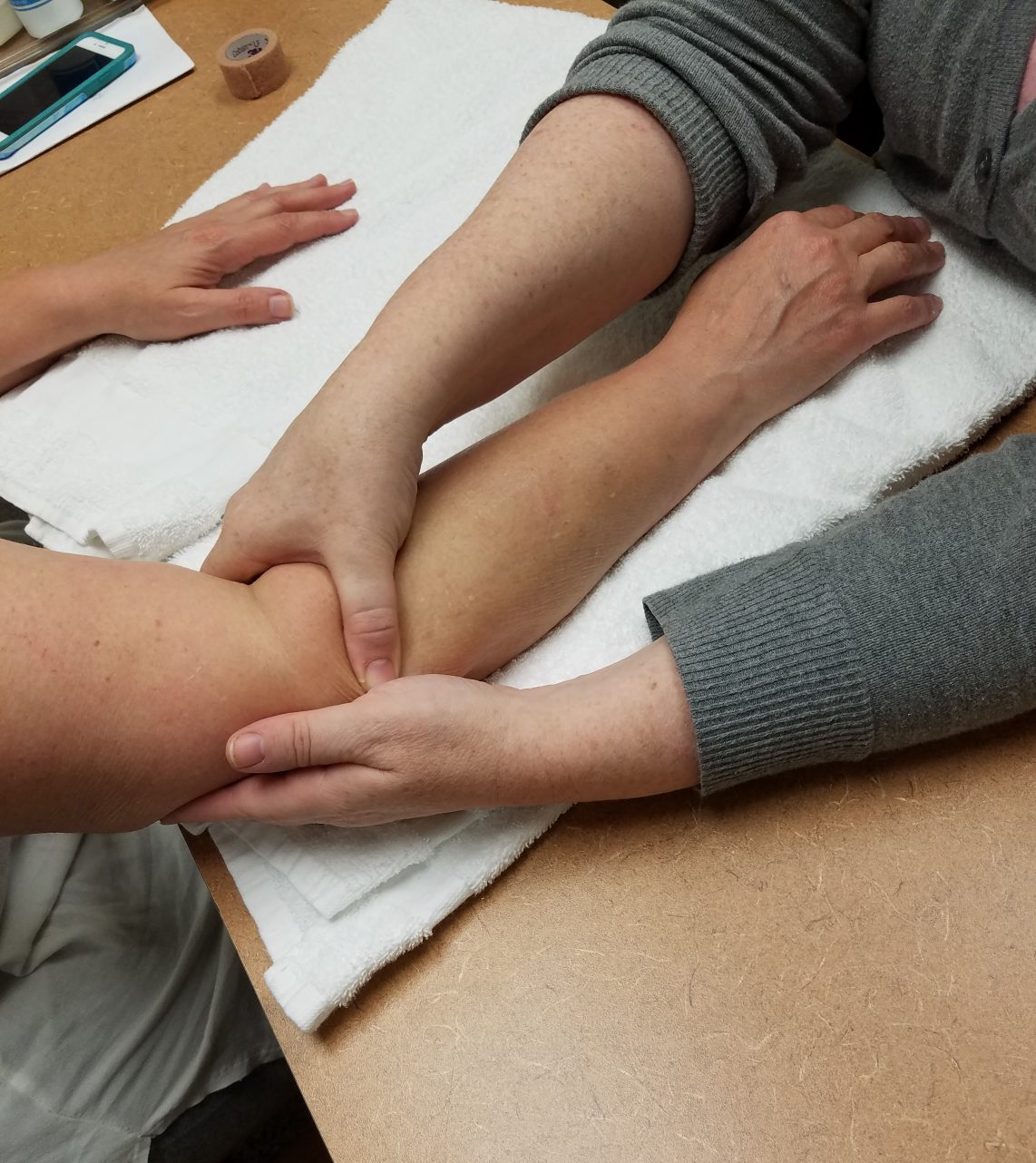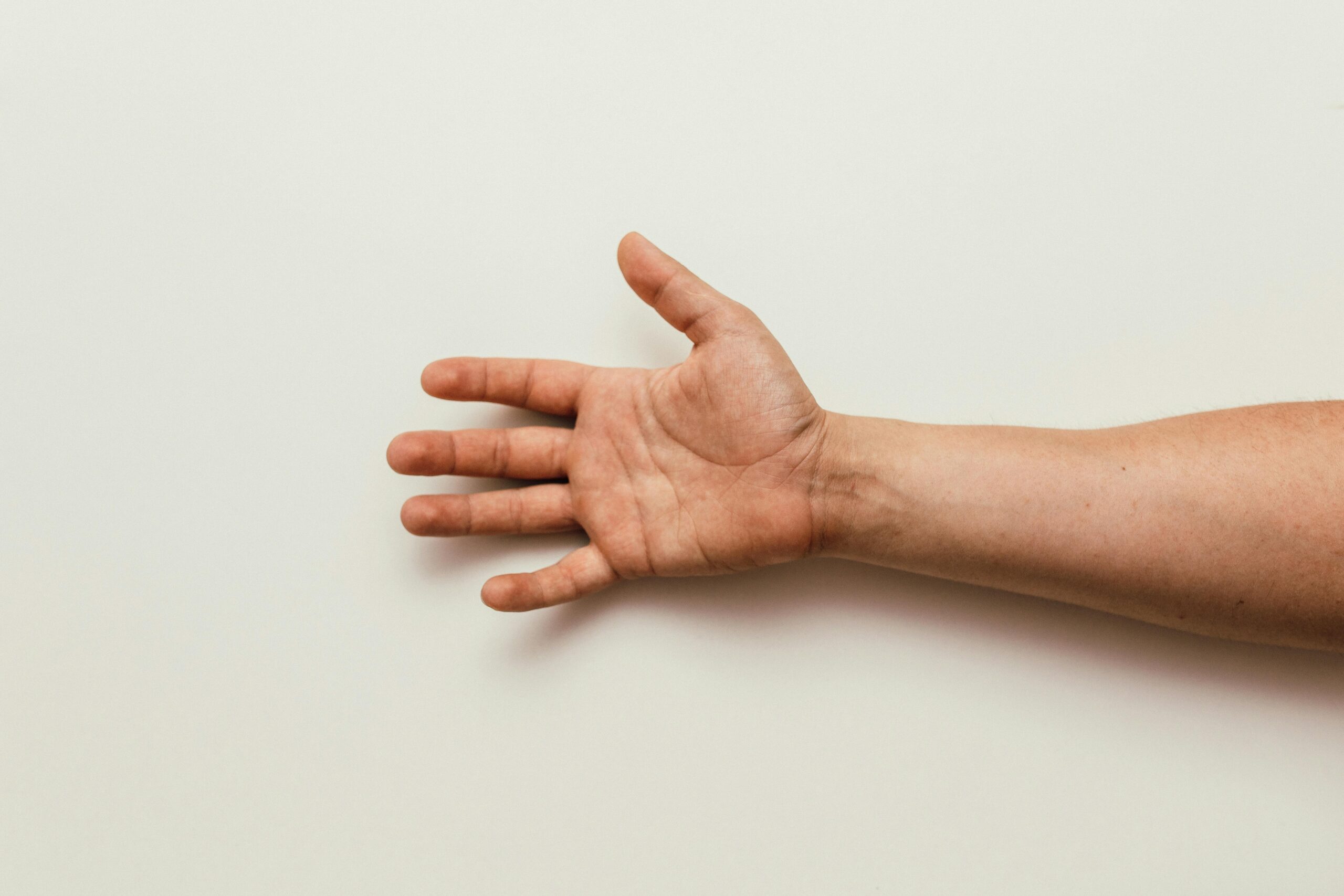The Symptoms & Treatment of Tennis Elbow

Tennis elbow is tendonitis that causes discomfort in the forearms and elbows. It’s typically caused by repeated activities, such as gripping a racquet between the thumb and the first two fingers.
This repetition can put pressure on the muscles, which places too much stress on the tendons in your arm. Eventually, this constant tugging creates microscopic tears in the tissue. Tennis elbow does not just affect tennis players. Although racquet sports are typical causes, other common contributors include typing, painting, and carpentry. Tennis elbow is relatively prevalent among chefs, butchers, and assembly line employees.
The good news is this type of overuse injury doesn’t have any long-term consequences if treated early!
Symptoms
Tennis elbow is generally associated with forearm muscle soreness, which gets worse when gripping an object. In some cases, a pain may extend to the middle and ring fingers. Elbow stiffness will be more noticeable in the morning, with continuous pain that lasts throughout the day. Pain can range from mild discomfort to one that is intense even when your elbow is not moving.
The most noticeable pain may come when you lift something, close your fist to open a door, or open and straighten your wrist.
Tennis elbow shouldn’t be confused with golfer’s elbow, which is caused by a sprain in the elbow’s extensor tendon that runs on the inside. If you have a case of tennis elbow, chances are you’ll have tenderness on the outside portion.
Treatment
Physiotherapy is most popular and effective treatment option for tennis elbow. A physiotherapist performs a thorough examination and may require tests such as X-ray or MRI to rule out any other problems and confirm tennis elbow.
In many cases, treatment is sought late when the issue is no longer acute. Inflammation may no longer appear an issue, but the elbow has failed to heal. The physiotherapist may trigger inflammation on purpose to begin the first step in healing. Hands-on manipulation of the area or the use of specific exercises stresses the tissue just enough to start inflammation.
The goal of physiotherapy is to accomplish the following:
- Reduce elbow discomfort and promote tissue repair
- Restore your range of motion while improving muscle strength
- Upper limb neurodynamics and neck joint functions are normalized.
Optimizing Your Environment
To ensure recovery, it is critical to optimize the physical environment in which your body must operate. This means changes in your activity to help your condition improve.
A physiotherapist can provide an ergonomics assessment that helps with the efficiency and physical
stress in your environment, covering key areas such as:
- Seating Position: Is your keyboard at the optimum height for your elbow at work? Is your mouse in the correct spot to minimize strain? Is your chair in good alignment and conducive to proper sitting posture?
- Vibration: Vibrational stress can be bad for your muscles and joints if your arm is exposed to it. Minimize vibration in the items and tools you use or racquets you play with, and take frequent rests from these activities if required.
- Grip Size: Is the size of the grip appropriate for your hand? You may have to apply extra force if the grip is either too big or too little.
Take Action Early
If you think you’re suffering from tennis elbow, it’s best to visit a physiotherapy clinic in Brampton for confirmation. If treated early, this overuse injury is entirely curable, and it’s possible to resume normal activities relatively quickly. For more information and to discuss options and a treatment plan for your tennis elbow, please call Physiotherapy First at (905) 796-6662 or submit our online form to schedule your appointment.
Blog Categories
- Acupuncture Treatment (10)
- Ankle Sprain (1)
- Arthritis Treatment (1)
- Back Pain (23)
- Chiropractic Care (38)
- Tennis Elbow (1)
- Chronic Pain (5)
- COVID-19 (1)
- Custom Orthotics (6)
- Dizziness (4)
- Exercises (13)
- Foot Orthotics (6)
- Hamstring Stretches (2)
- Info Articles (3)
- Kids Injury (1)
- Laser Therapy (4)
- Massage Therapy (21)
- Neck Pain (16)
- Orthopedic (1)
- Osteoarthritis (5)
- Osteopathy (3)
- Pain Management (18)
- Physiotherapy Benefits (44)
- Physiotherapy Clinic (6)
- Physiotherapy Exercises (12)
- Physiotherapy Tips (25)
- Physiotherapy Treatment (100)
- Rotator Cuff (2)
- Shin Splints (1)
- Shoulder (2)
- Spine (4)
- Sports Physiotherapy (2)
- Uncategorized (1)
- Vestibular Physiotherapy (2)
- Work From Home (2)


